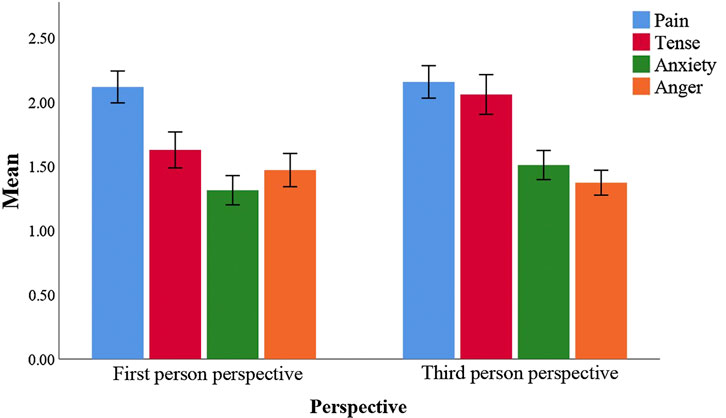

Saussure split signs into signifiers (sounds and images) and signifieds (concepts) and argued that the relationship that existed between signifiers and signifieds was arbitrary-that is, based on convention. But semiotically speaking, they refer to Saussure’s and Peirce’s analyses of signs and the science of semiotics. (The convention, incidentally, is to use the term advertisement for the print media and the term commercial for electronic media.) The window, for my purposes, is the television screen or pages in magazines or other kinds of publications with advertisements on them. Literally speaking signs are print advertisements and television commercials. The signs I’ll be discussing have two different meanings. POLONIUS By th’ mass, and ‘tis like a camel indeed. HAMLET Do you see yonder cloud that’s almost in shape of a camel? The infinity sign formed by the body of the snake.īroadcast & Electronic Communication Arts Dept.The “hidden word” in the advertisement.

The Sign in the Window: A Semiotic Analysis of Advertising.


 0 kommentar(er)
0 kommentar(er)
